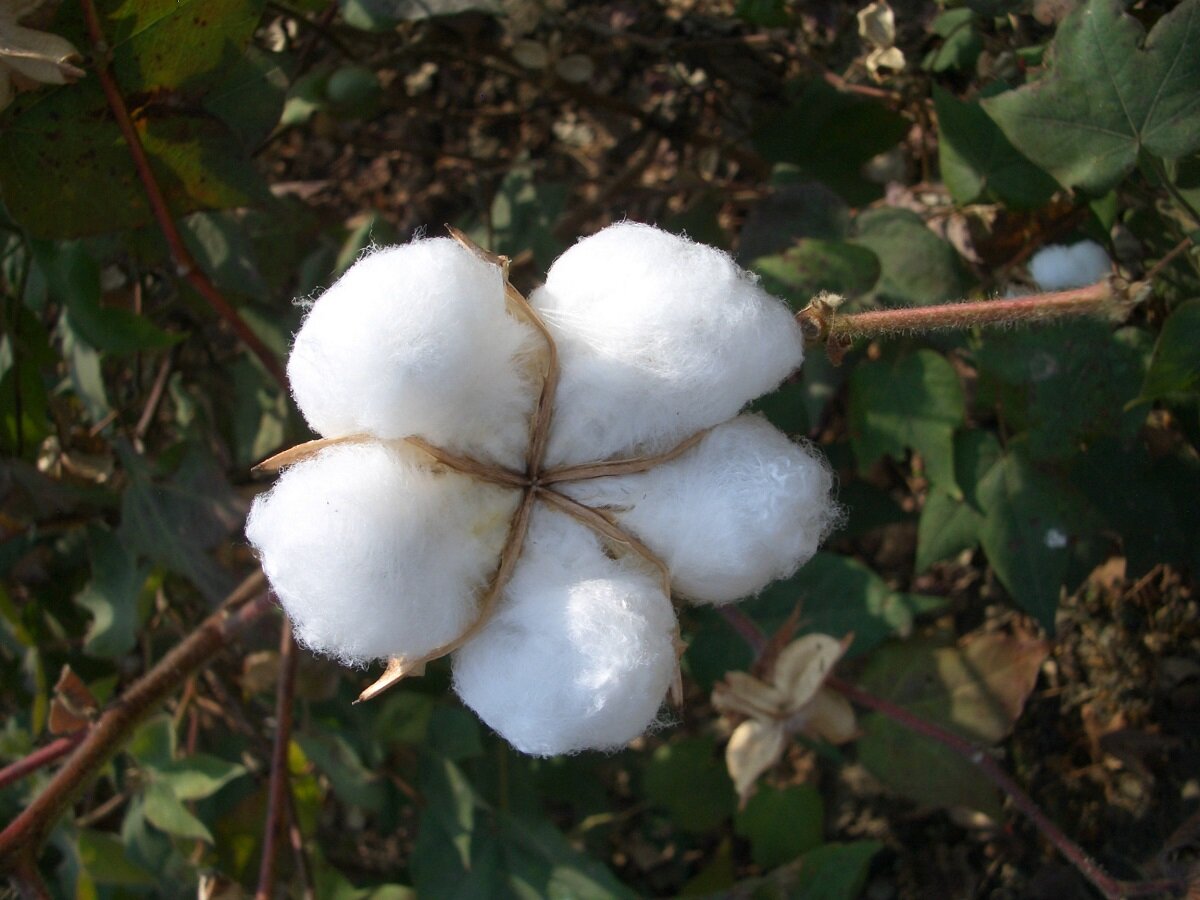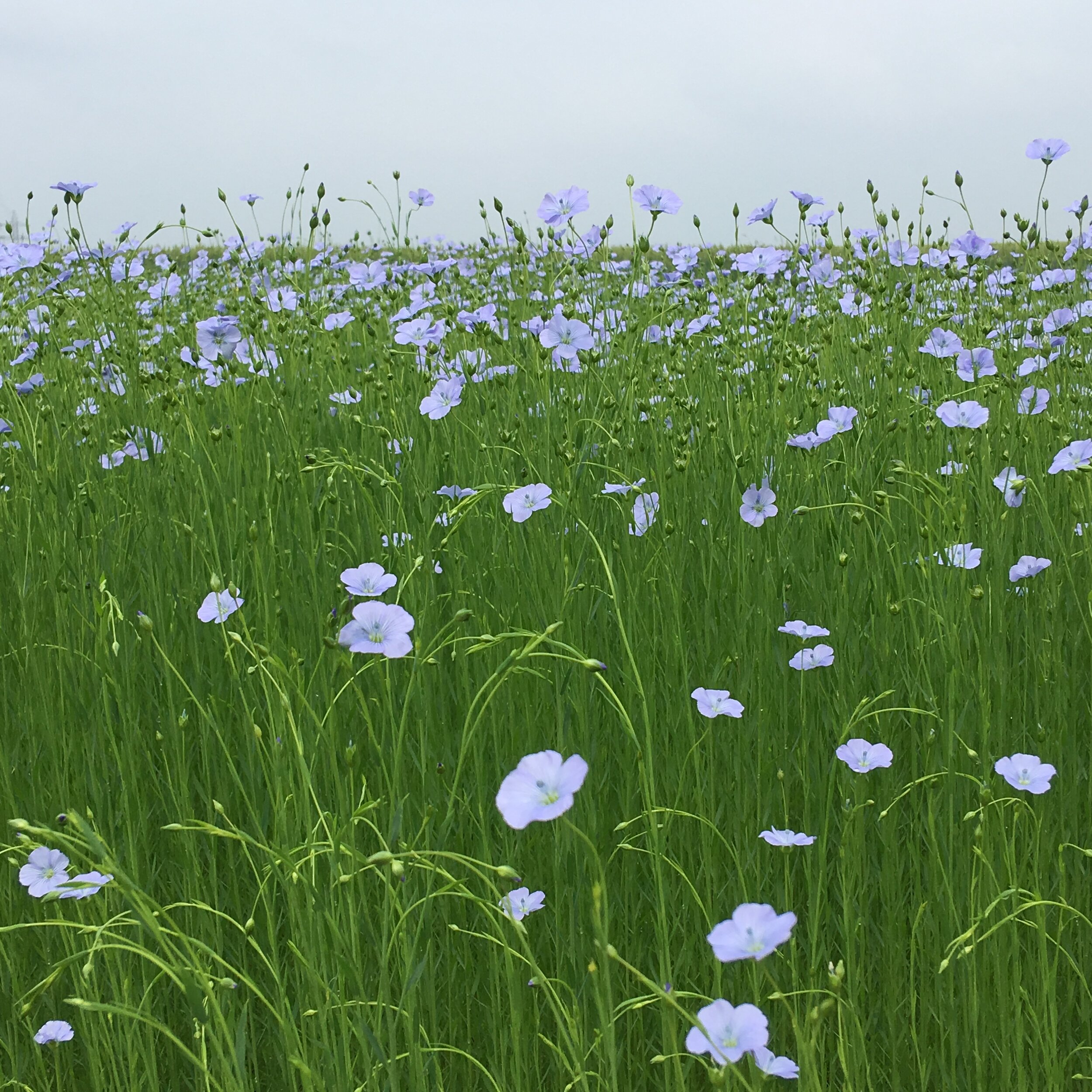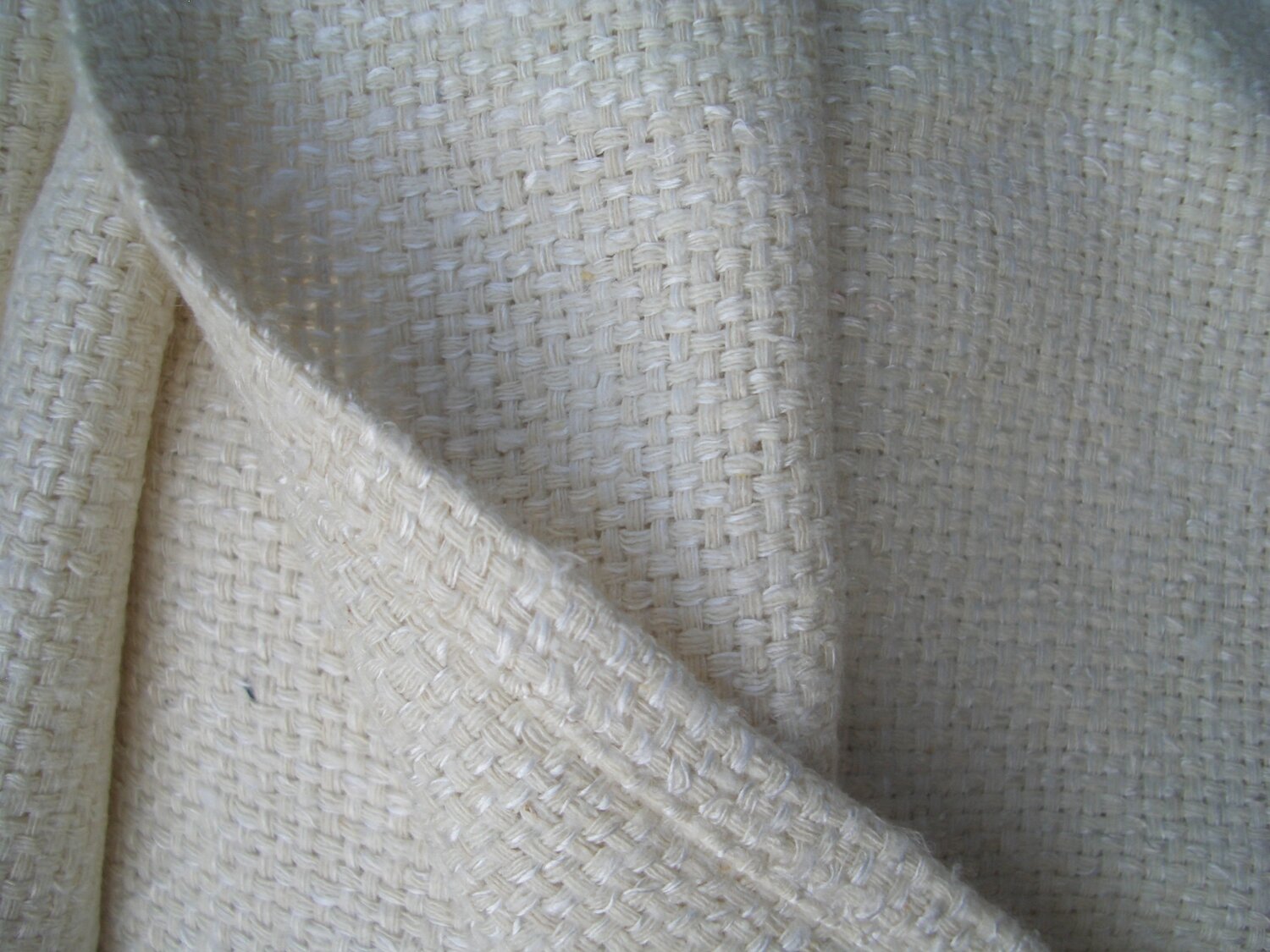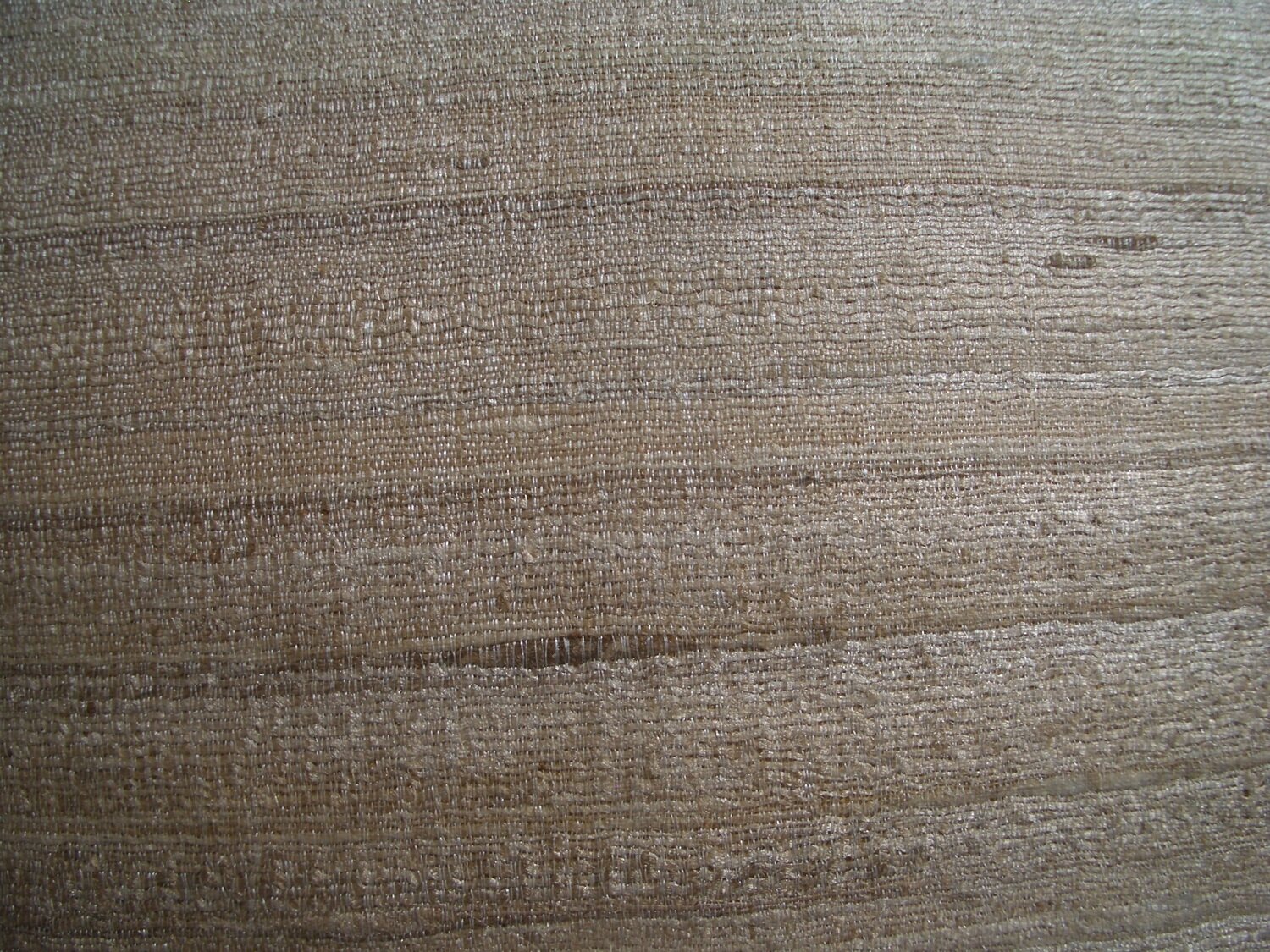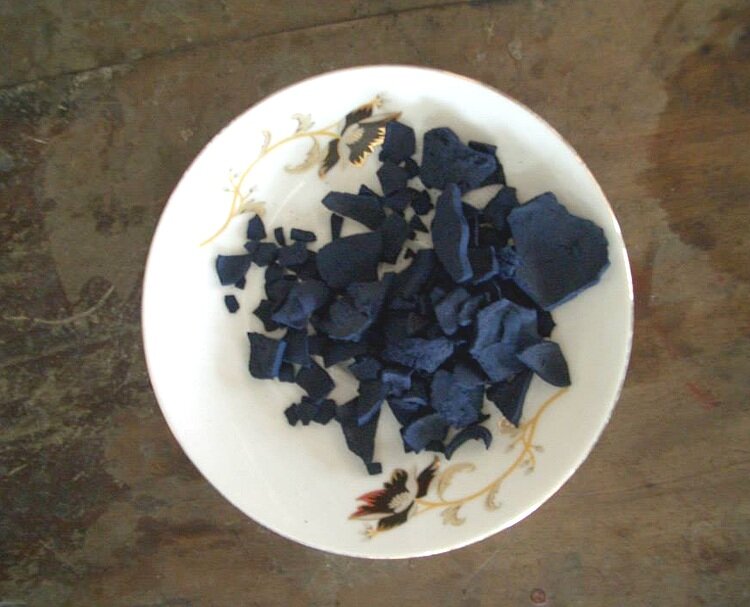MATERIALS
In designing our products, we try to use the most sustainable materials available. Below are the main fibres and dyes used in our collections.
Organic Cotton
Cotton is a natural fibre that comes from the fluffy fibres that surround the seeds of the cotton plant. It produces a soft, smooth fabric that is perfect for household textiles such as bed linen and towels.
Cotton is conventionally grown with a heavy use of chemical inputs and irrigation, which increase short-term yields but create long-term environmental problems. Organic cotton, by contrast, is grown using natural methods, so its environmental impact is much more benign, and in some cases can actually be positive.
Organic Linen
Linen comes from the fibres of the flax plant, which grows primarily in North-Western Europe. The fibre is strong and highly absorbent, so it is often used for kitchen textiles and summer bedding.
Flax cultivation generally requires fewer chemical inputs than cotton, but it does still use some. Organic linen comes from flax that has been grown without any chemical inputs and using farming methods that encourage biodiversity, so it is highly sustainable. Only 1% of linen is farmed organically, so organic linen is a very rare fibre.
Matka Silk
Matka is a form of upcycled silk, as it is made from the short threads that are discarded in the process of making conventional (mulberry) silk. It is produced primarily in rural India, where it provides an important source of income to artisanal families.
Matka produces a beautiful fabric that is both light and soft, like a combination of cotton and cashmere. As the yarns are spun from short threads, the fabric has a more matte appearance than conventional silk, but it shimmers subtly when placed in sunlight.
Wild Silk
Wild silk comes from the cocoons of silkworms that live in forests or tree plantations. Much of it is produced in the tribal areas of Eastern India, where it provides a source of income and an incentive for people to conserve their local forests.
Wild silk comes in various shades of brown, beige and gold, reflecting the different leaves that the silkworms have eaten. Its threads are shorter than conventional silk, which results in a 'slubby' fabric with a subtle pattern created by the different thread lengths, thicknesses and colours.
Natural Indigo
Natural indigo is a blue dye that is extracted from the leaves of the indigofera tinctoria plant. This plant is mostly grown in tropical locations, and the dye used in our collections comes from India and Bangladesh.
Indigofera is a highly sustainable plant as it grows easily without chemical inputs and can act as a natural fertiliser by transferring nitrogen from the air to the soil. It produces a brilliant blue dye that has medicinal benefits as well as therapeutic effects for the user.
Myrobalan
Myrobalan is a natural dye that is extracted from the nuts of the myrobalan tree, which is native to Asia. The myrobalan in our products is made by a producer in India who forages the nuts from the local area and extracts the dye from them using a sustainable process.
Myrobalan produces a yellow colour, and when combined with indigo or iron, it can produce teal and grey. As with many natural dyes, myrobalan has long been used as a medicine, particularly in the Ayurvedic tradtion, where it is known as haritaki.

